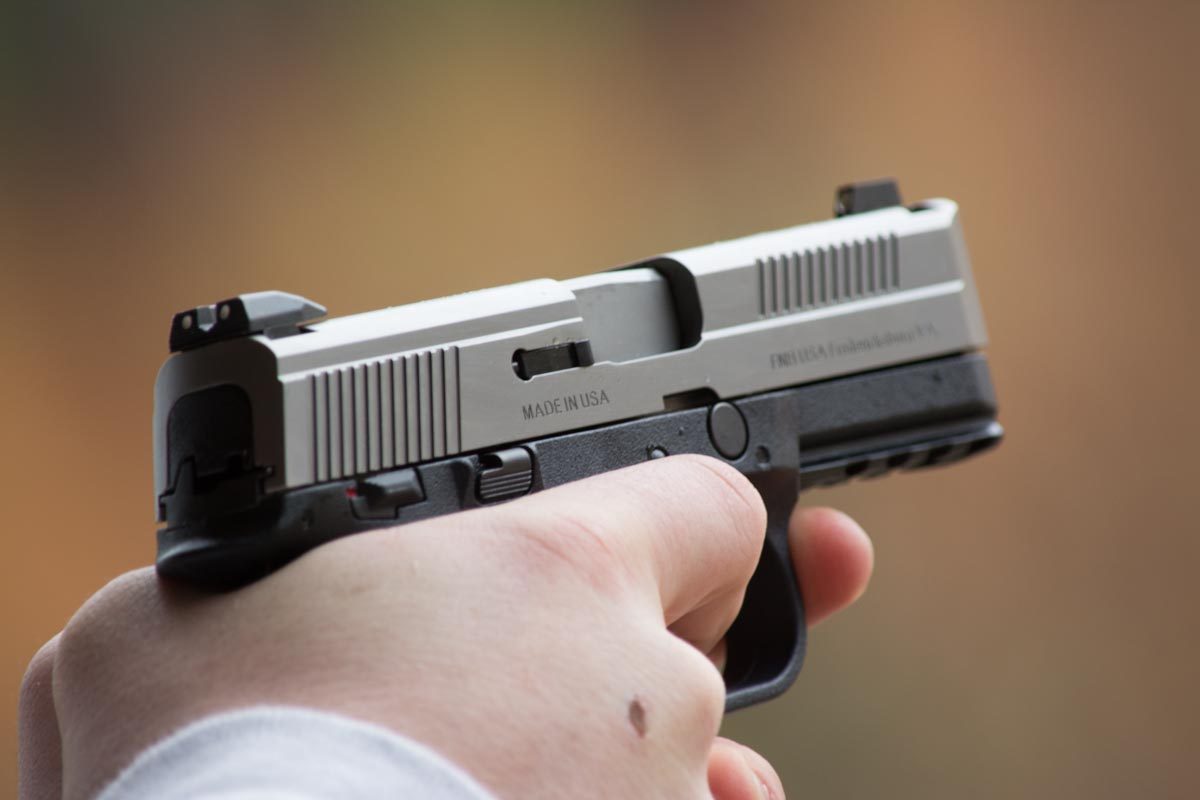
Most of us have a love / hate relationship with recoil.
“I like my .380 because it hardly kicks.”
“I hate my .380 compact because it kicks like an ill-tempered donkey.”
“I don’t want a .40 S&W because the recoil is too much for me.”
“My .40 S&W is the softest shooting gun; I love it!”
“9mm is the way to go because the recoil is manageable.”
“I just bought a new 9mm and I hate how it recoils…”
The funny thing about all these statements is that they’re all true. Judging the recoil of a caliber is 50 percent science, 50 percent opinion, and 112 percent voodoo. That’s because some of the components of recoil can be broken down into numbers that mean specific things if you like physics. Other components of recoil are purely subjective. And some factors are dependent upon our particular build and the shape and meatiness of our hands.
What makes recoil?
We treat the concept of “kick” of a handgun subjectively and make plenty of assumptions. People assume that a .380 ACP doesn’t recoil, a 9x19mm has light recoil, and anything else feels like swinging a baseball bat at a brick wall while holding it with your teeth.
In reality, while caliber certainly has much to do with the amount of recoil, there are plenty of other factors at play. Factors that determine how much recoil you feel include the mass of the bullet, the mass of the powder charge inside the cartridge, the velocity of the bullet and escaping gas, and the mass of the gun. The forward movement of the projectile, burning powder, and hot gasses at a certain velocity represent forward momentum. This must be exactly balanced by momentum of the gun moving back towards the shooter. Because Newton and his 3rd Law of Science and Physics and Stuff. The momentum over a period of time is the excitement you feel that we lovingly call recoil.


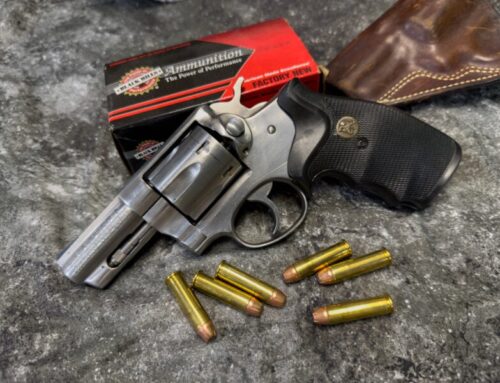
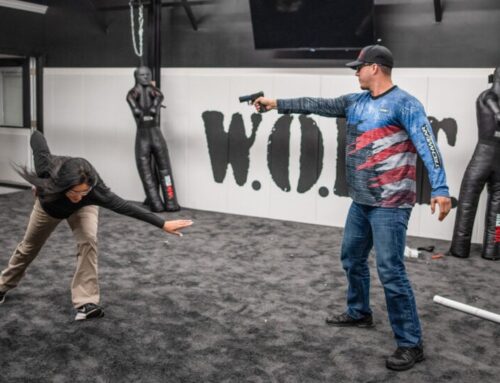
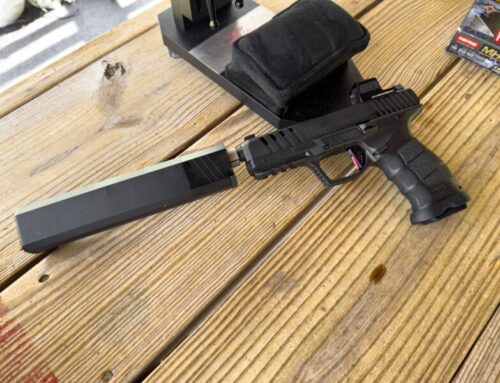
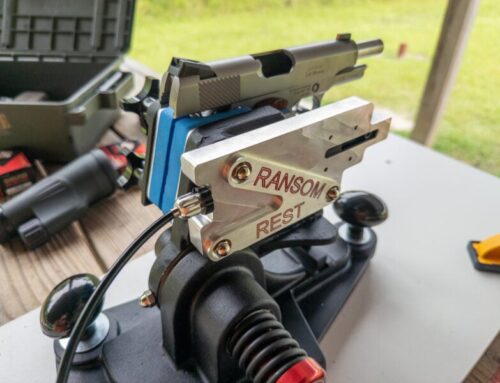
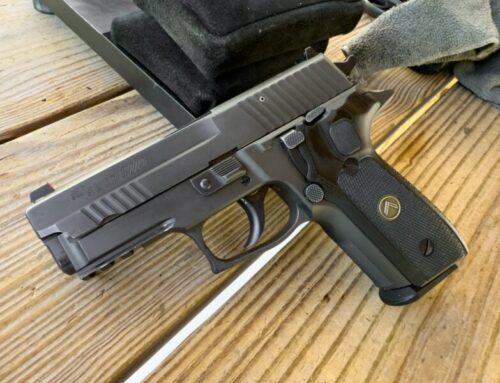
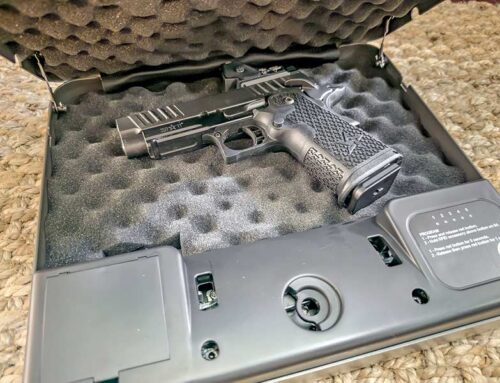
I believe if someone was in the position that your concealed firearm was needed, adrenaline is going to take over and recoil is going to be the least of your troubles. Carry something that you can shoot well and straight. Your life may depend on it.